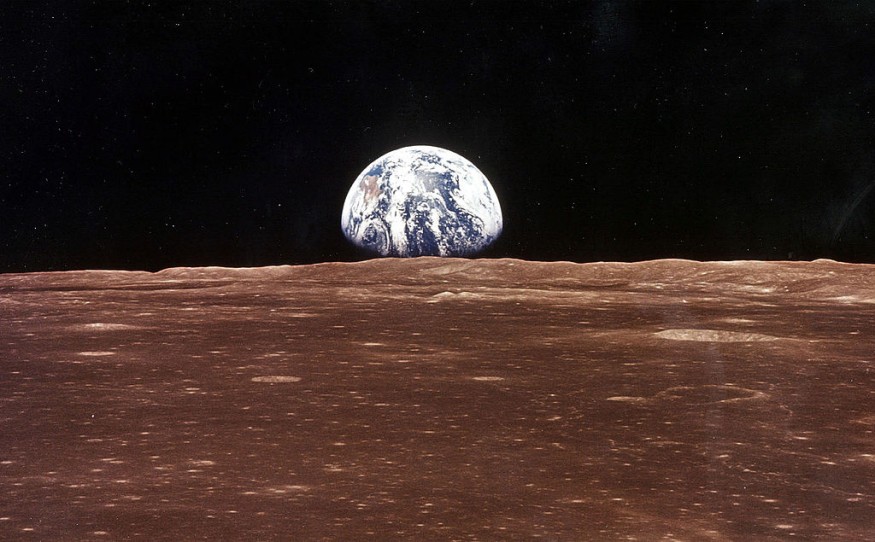Russia secretly launched Luna 15, a robotic space mission of the Soviet space program, to the Moon's surface from lunar orbit before.
This was the same time the Apollo 11 astronauts were conducting their historic first human moonwalk.
Luna 15 crashed on the lunar surface and was destroyed on impact, with the mission of collecting lunar samples and bringing them to Earth.
The Soviet space program's effort to return lunar samples to Earth, Luna 15, was one in a succession of failures.
They ultimately succeeded with Luna 16, the first mission to gather samples from the Moon's surface without the assistance of humans.

Russia Secretly Launched Luna 15 Ahead of Apollo 11
While NASA was preparing Apollo 11, the Soviets covertly launched Luna 15 on the opposite side of the Moon.
To investigate and learn more about the Moon, Soviet Russia undertook a sample return mission.
Throughout nearly every stage of the Cold War Space Race, the power held the upper hand.
Yuri Gagarin was the first cosmonaut in space. Cosmonaut Alexei Leonov performed the first extravehicular activity (EVA). Russia is the first spacecraft to fly to the far side of the Moon through Luna 3.
The Soviet Union was compelled to do something when President John F. Kennedy said he wanted to place a man on the Moon in 1961.
According to NASA, Luna 15 was launched only three days before the momentous Apollo 11 trip to the Moon.
ALSO READ : Russia Reschedules Luna-25 Lunar Mission to 2022 As Space Agency Roscosmos Detects Problems During Testing
The space agency said the Soviet Union attempted to retrieve and return lunar dirt to Earth the second time.
The simultaneous missions of Luna 15 and Apollo 11 were, in some respects, the conclusion of the Moon race in a race to reach the Moon and return to Earth.
Luna 15 Crashed on the Moon Two Days Before Apollo 11
Russia launched Luna 15 into lunar orbit on July 17, 1969, two days before Apollo 11 arrived.
However, Express said the Soviet investigation ran into significant roadblocks.
It came dangerously close to exploding en route as one of its propellant tanks began to boil in the Sun's heat. Still, a mid-flight trajectory adjustment ensured the probe arrived safely.
The Moon's pockmarked surface, on the other hand, proved too tough to land on during the descent.
Apollo 11 resumed its descent to the Moon less than six hours after the second correction, landing at 8:17 pm UT (4:17 pm ET) on July 20, 1969, NASA said.
Luna 15 was supposed to land on the Moon less than two hours after Apollo 11, but that didn't happen.
For All Moonkind said, controllers postponed the landing for another 18 hours because they were unsure about the terrain below.
Neil A. Armstrong and Edwin E. 'Buzz' Aldrin, Apollo 11 astronauts, stepped on the Moon in this important era.
In the end, the Luna 15 was unable to complete its mission.
Luna 15 landed on the Moon's surface about two hours before Apollo 11 departed for Earth. Still, later research revealed that it had likely crashed on its descent at a speed of 479.585kph (298mph).
RELATED ARTICLE : NASA Denies Russian Claims of ISS 'Bad' Crack; ISS Not To Join Defunct Satellites at Space Cemetery Soon
Check out more news and information on Space in Science Times.











